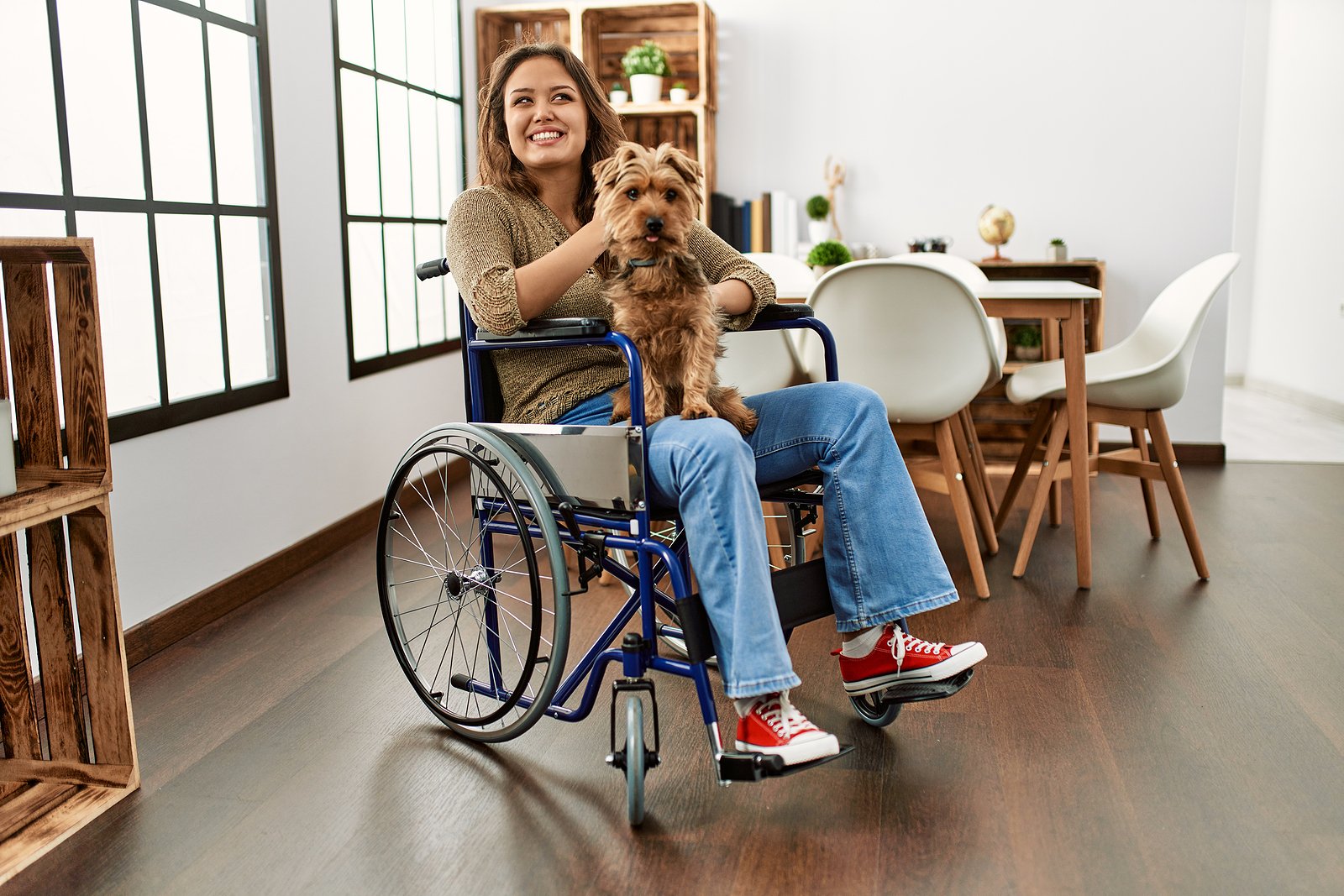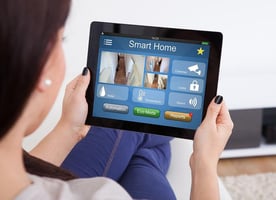Many people would prefer to age comfortably at home rather than in a shared housing situation or a...
Accessibility Accommodations: The Accessible SMART Home
 How accessible is your home? By accessible, we mean accessibility for someone living with physical challenges. So many things in life can bring on physical challenges that require better accessibility in the home.
How accessible is your home? By accessible, we mean accessibility for someone living with physical challenges. So many things in life can bring on physical challenges that require better accessibility in the home.
This is the first of a two part series on making accessibility accommodations to your home. Next week we'll feature part two on aging in place.
Let’s look at how Smart Home Technology can make your home more accessible for someone living with physical challenges that require a wheelchair. SMART home technology use devices connected to the Internet of things to automate and monitor in-home systems. It stands for Self-Monitoring Analysis and Reporting Technology.
Smart Tools to Operate Your Home with Ease
There seems to be no limit to the number of smart tools you can find to automate tasks and bring ease into the day. From programming the lights and thermostat to video doorbells to appliances that run on-demand and Smart TV, it’s easy to see why these tools can make a home more accessible for anyone with challenges to getting around easily.
Appliances and Devices on Command
One way to simplify everything connected to Smart Technology is with a home command center, like Nest. Nest Automation means you can connect various devices and appliances and control them with the touch of a button or the sound of your voice. In addition, Nest Automation increases your home security with products like video doorbells, keyless locks, automated smoke, CO2 detectors and alarms, and security cameras and alarms.
You choose the products you need to give you the security you want. Some modifications can even save you money. You can set everything up at once or add things piece by piece. The critical point is to have your Nest Automation installed by a Nest Pro installer to ensure everything works as intended.
Stairlifts, Elevators Can Ease Stair Woes
Some homes have layouts that allow for bedrooms and laundry rooms on the main floor of the house. Others are multilevel with staircases that can present mobility challenges. Two options can make the upper or lower level accessible again, either a stairlift or an elevator.
Remote Control/Voice Activated Everything
One of the easiest ways technologies make homes more accessible to those with challenges is the remote control or the voice-activated remote control. You can use voice-activated software to adjust the lights, turn on the TV and start the dishwasher. You can make a grocery list and set reminders for medications and appointments. You can even talk to someone on your front steps without ever opening the door.
Samsung SmartThings is an automated system for all your lighting. You can choose when and where to turn lights off and on; you can dim or brighten the light, set it all to run automatically, and let you know if there are any problems.
Smart home tools and technology aren’t going anywhere. It’s only going to expand and become easier to access and use. The learning curve is quick and easy, and most technology can be easily controlled even by newcomers to all things automated electronically. Adding Smart Home Technology will make your home more accessible and secure as you consider your future.
Wilcox Electric has Smart Home technicians trained and experienced in Nest Pros and Samsung SmartThings. Contact us for an estimate. Wilcox Electric has provided top-quality electrical services to the Washington D.C. area for over 30 years.

.png?height=200&name=Untitled%20design(1).png)
.jpg?height=200&name=bigstock-Side-View-Portrait-Of-African--456330201%20(1).jpg)
